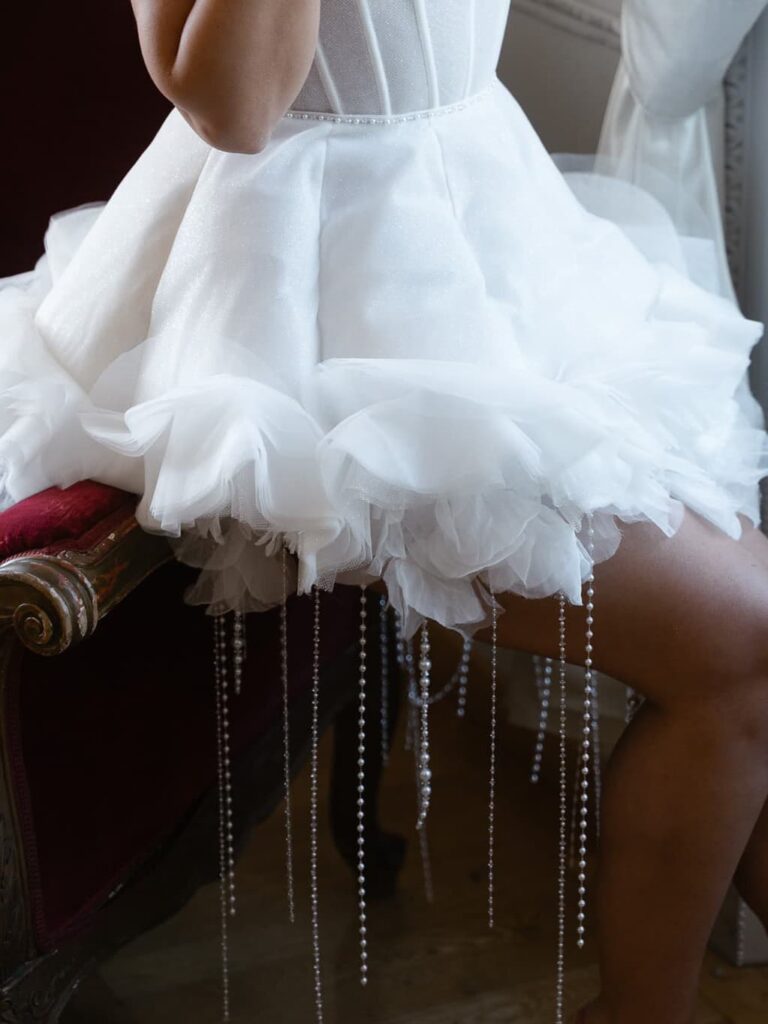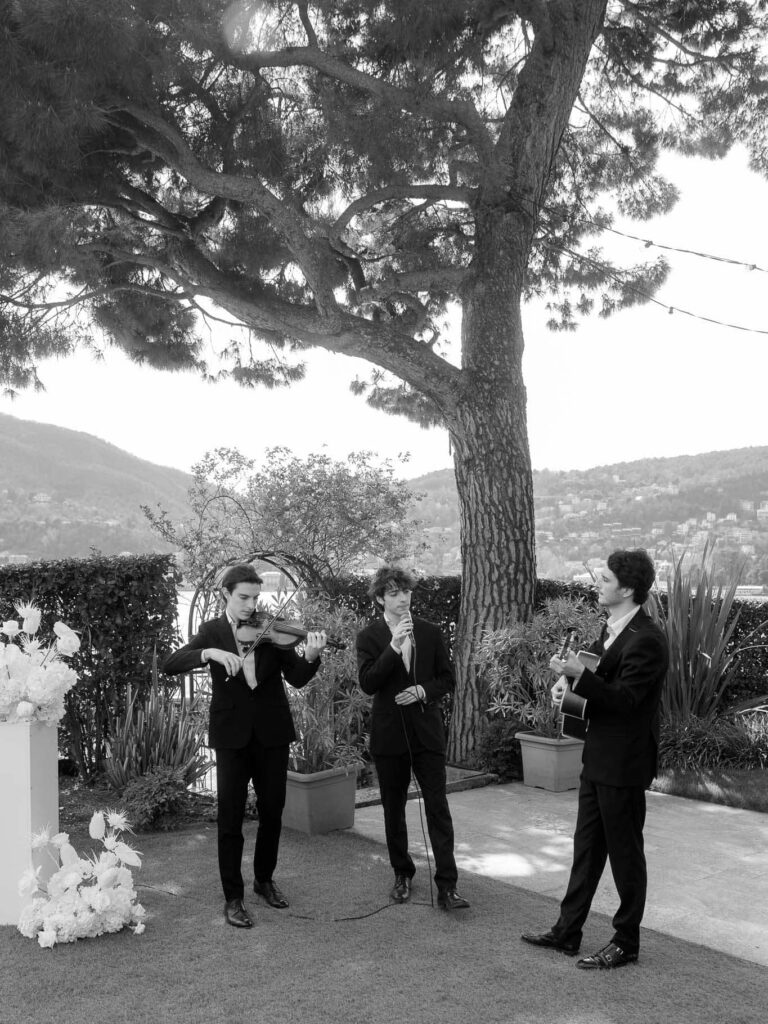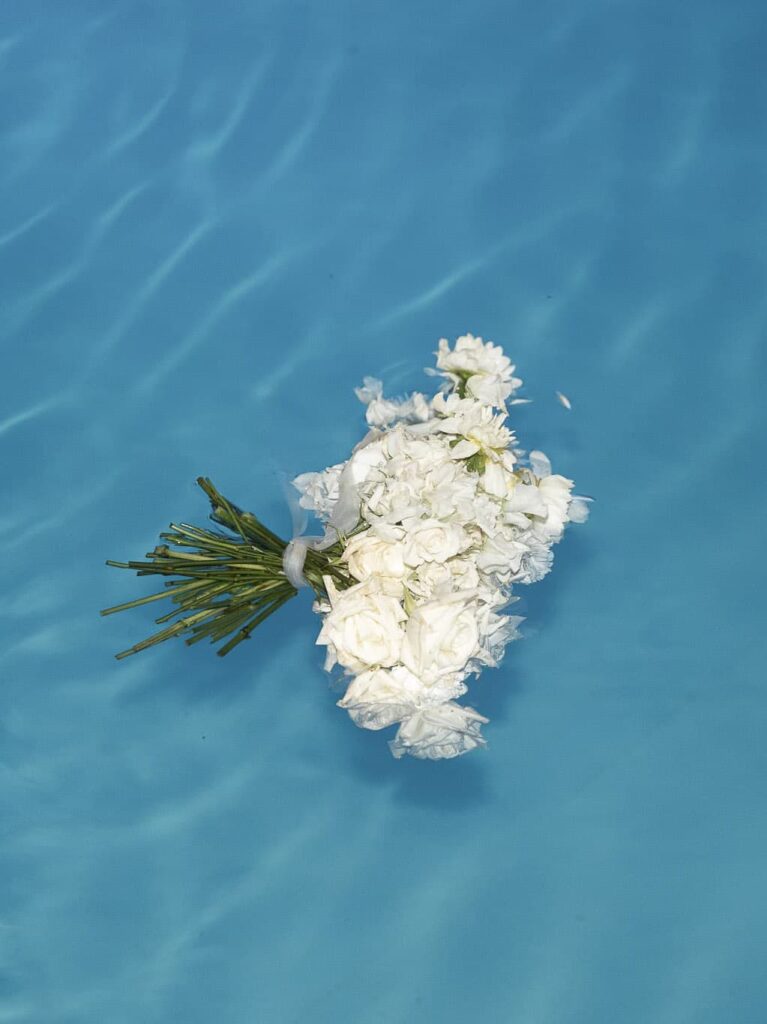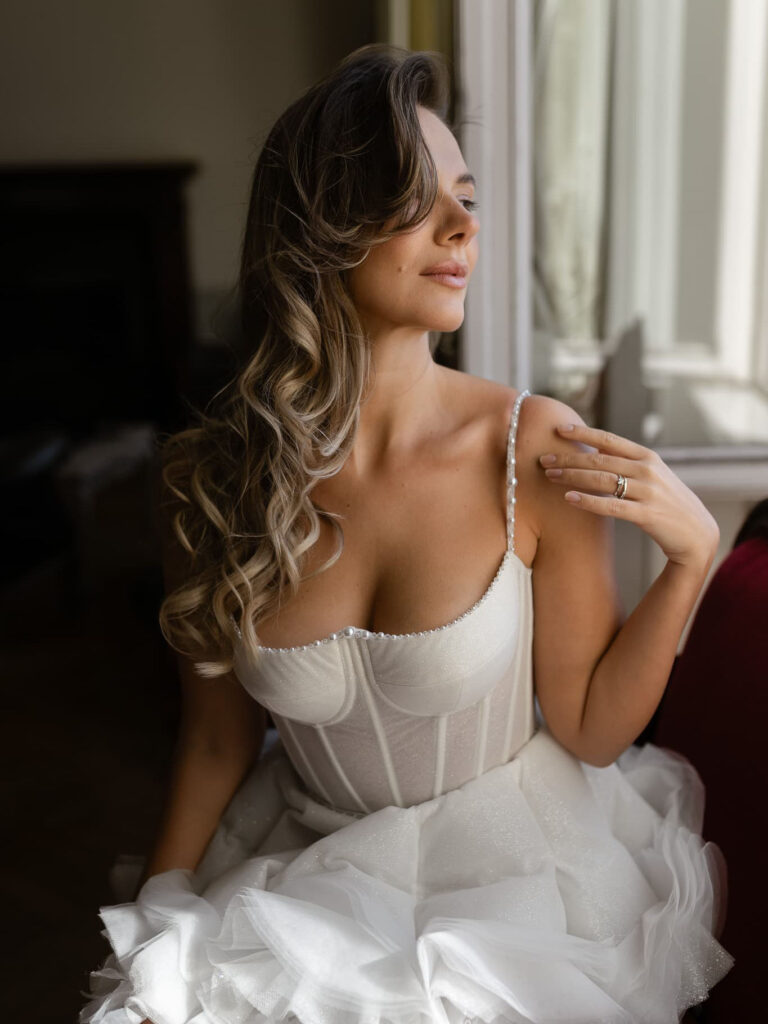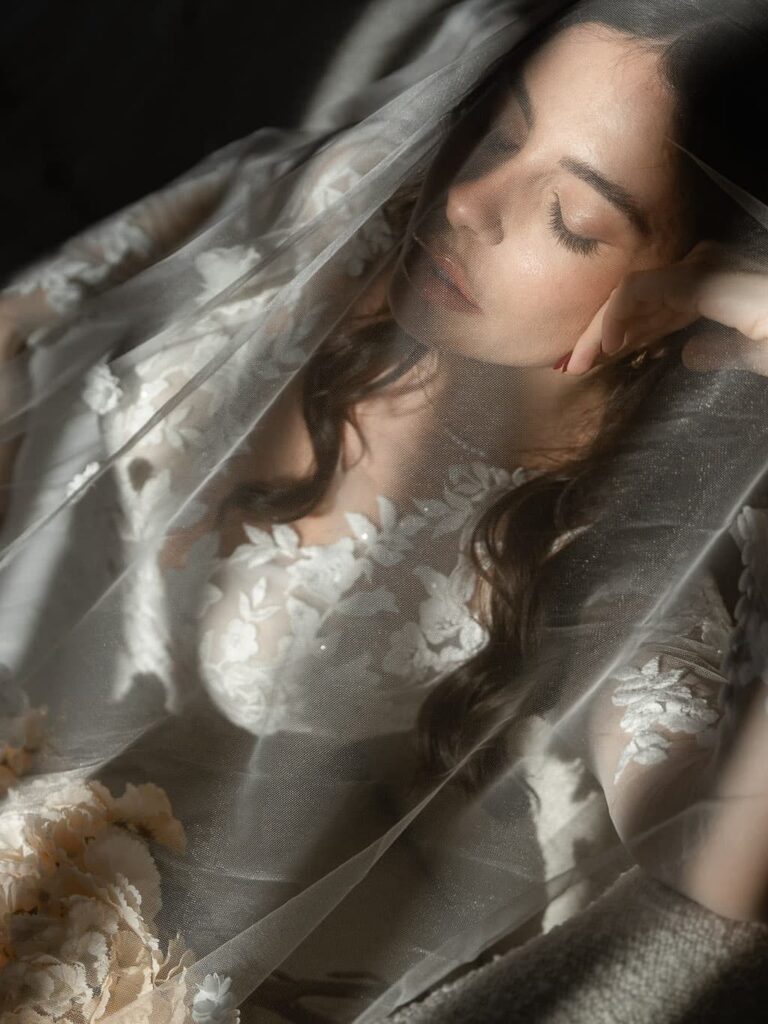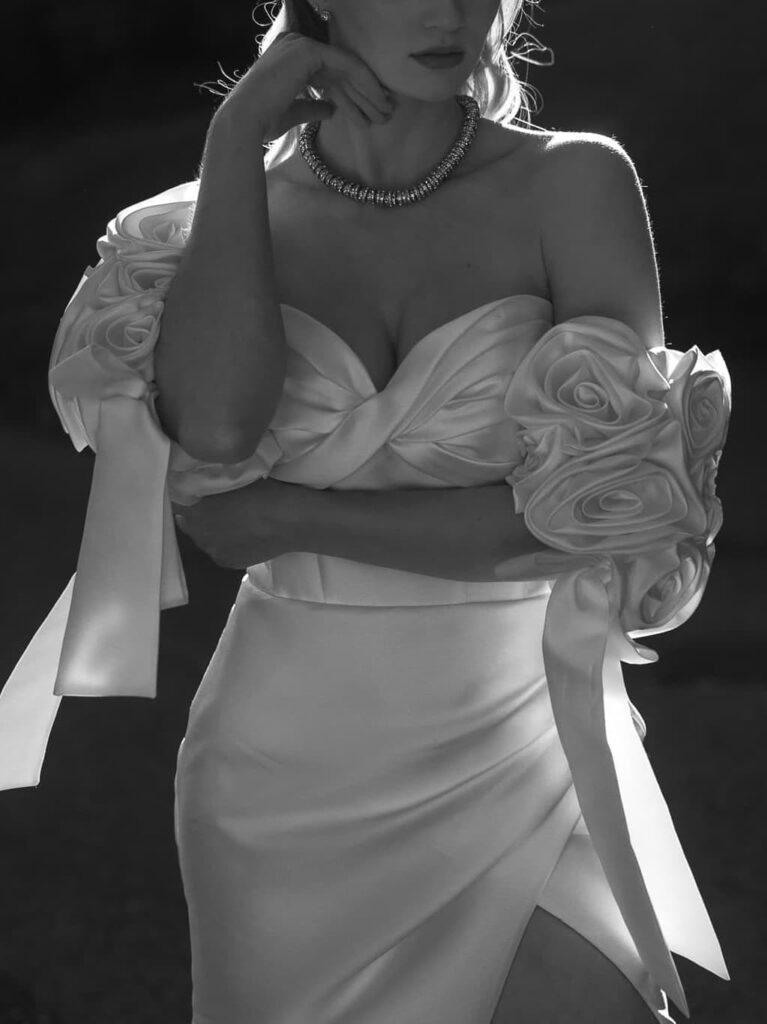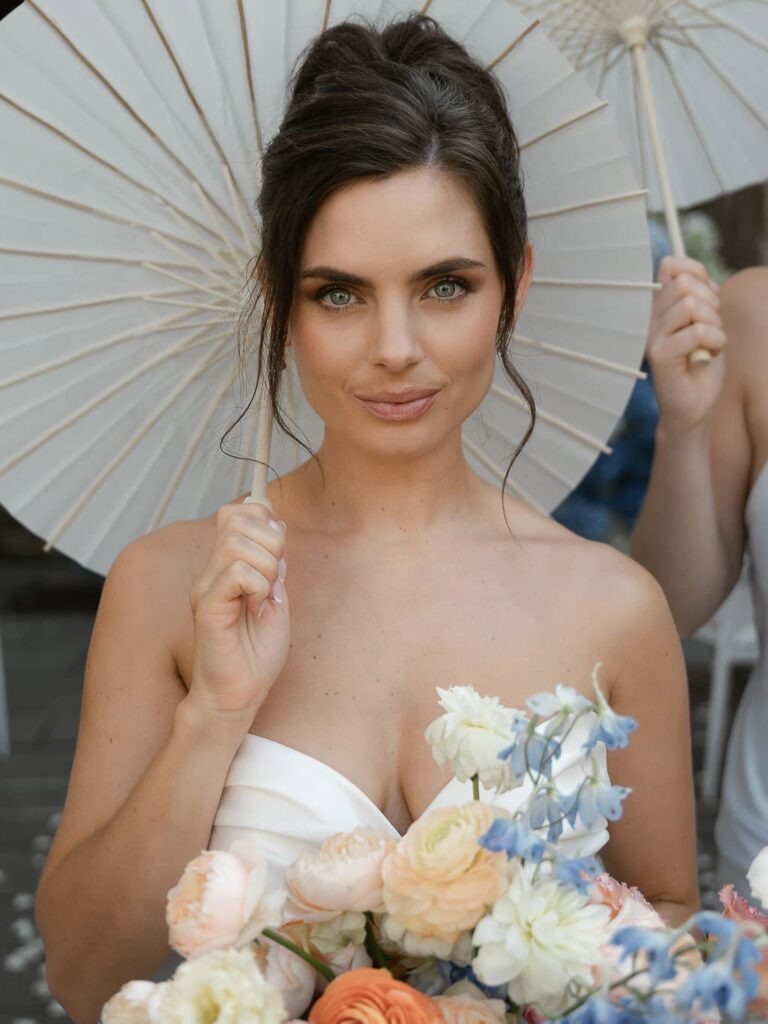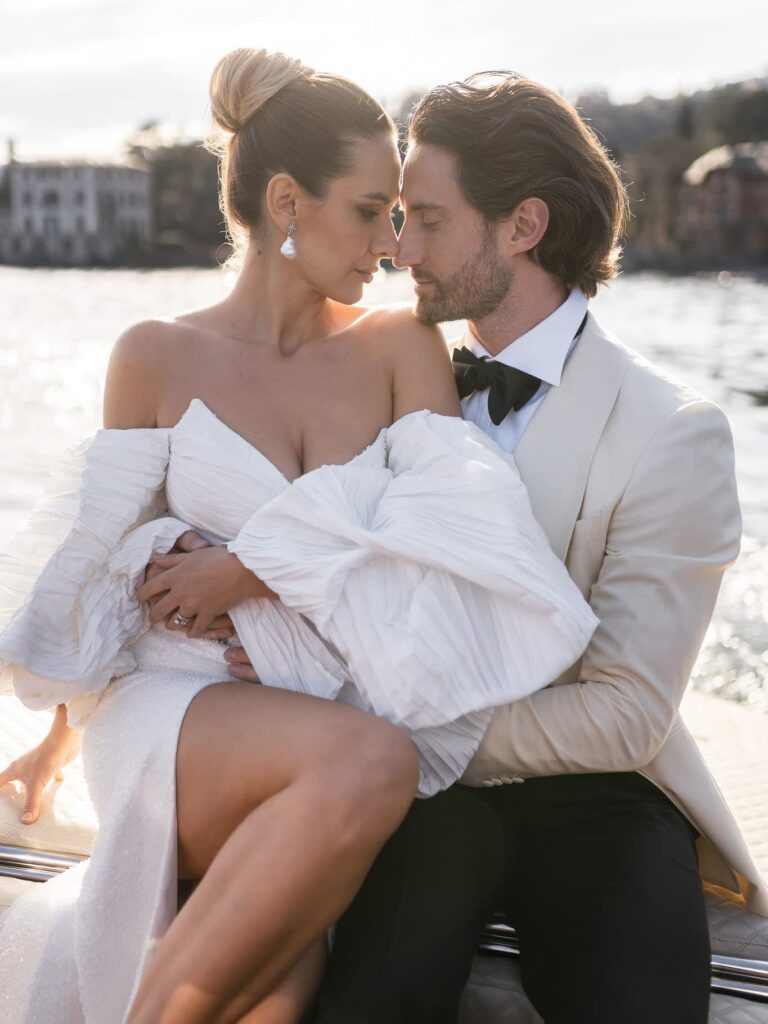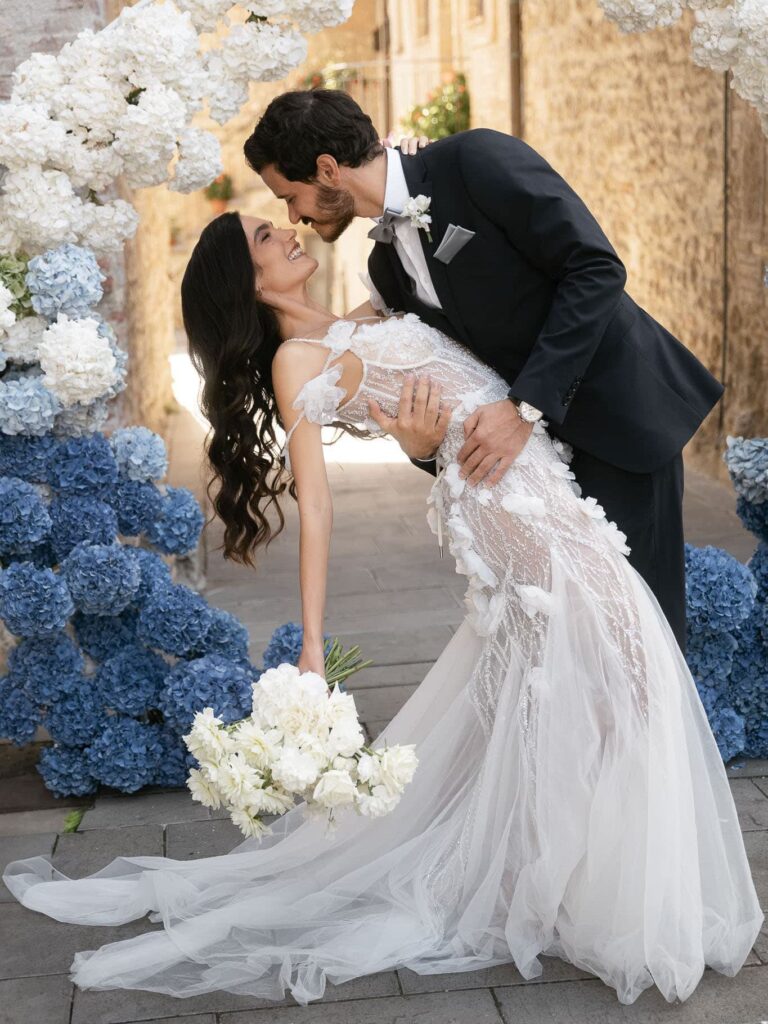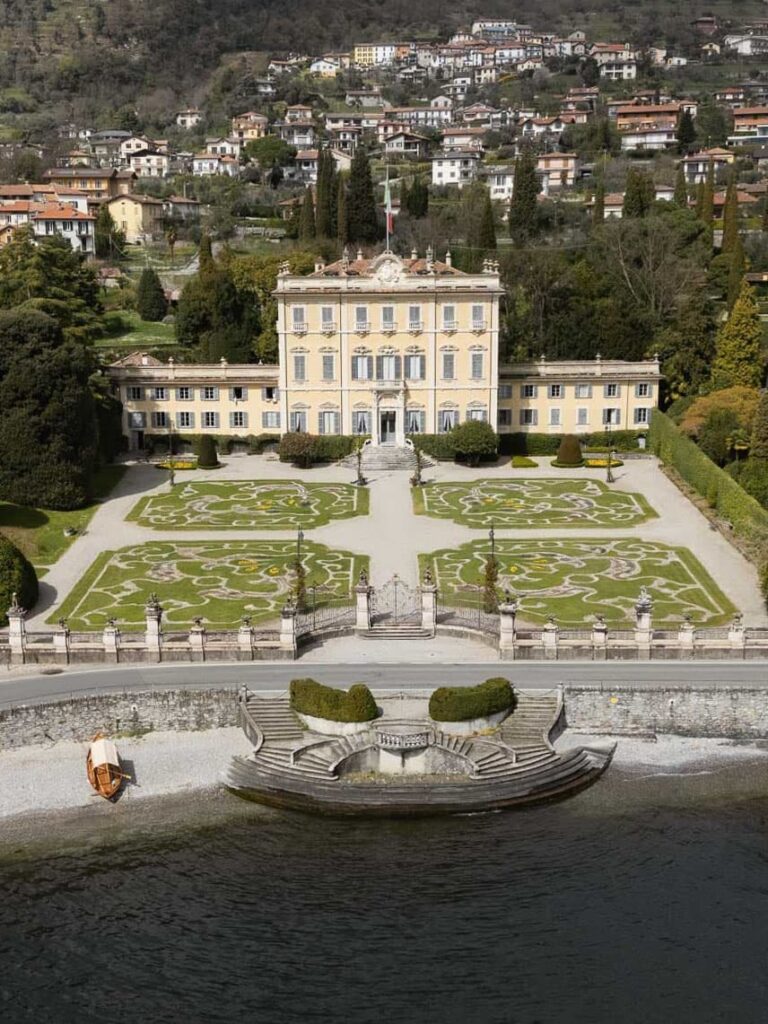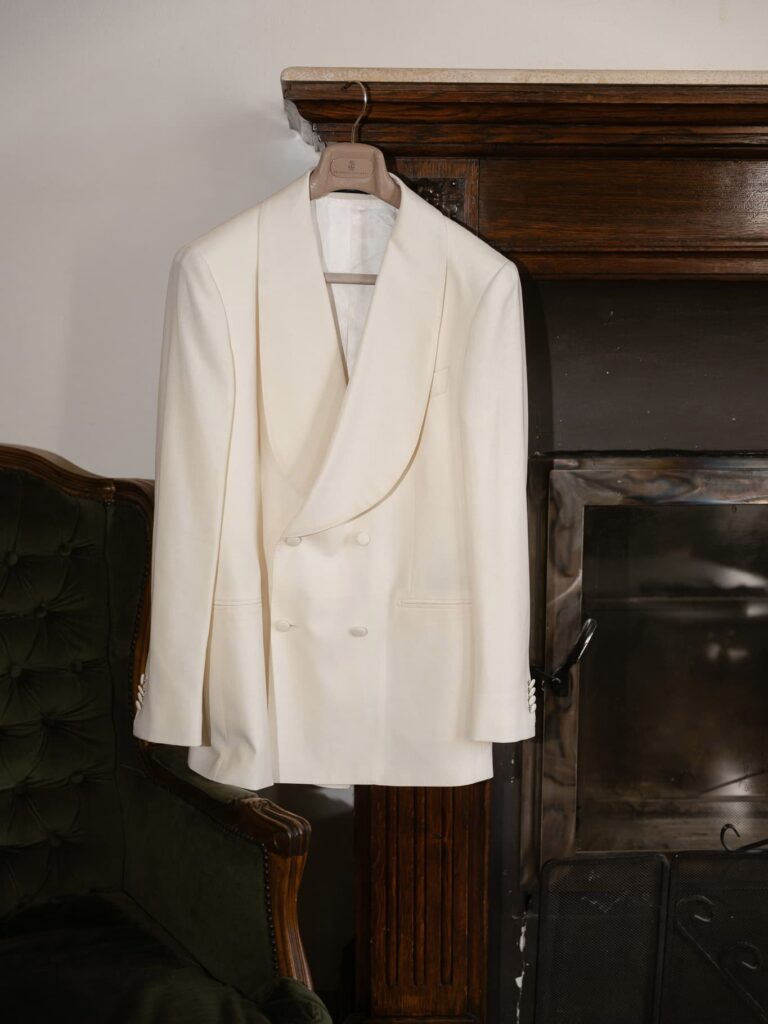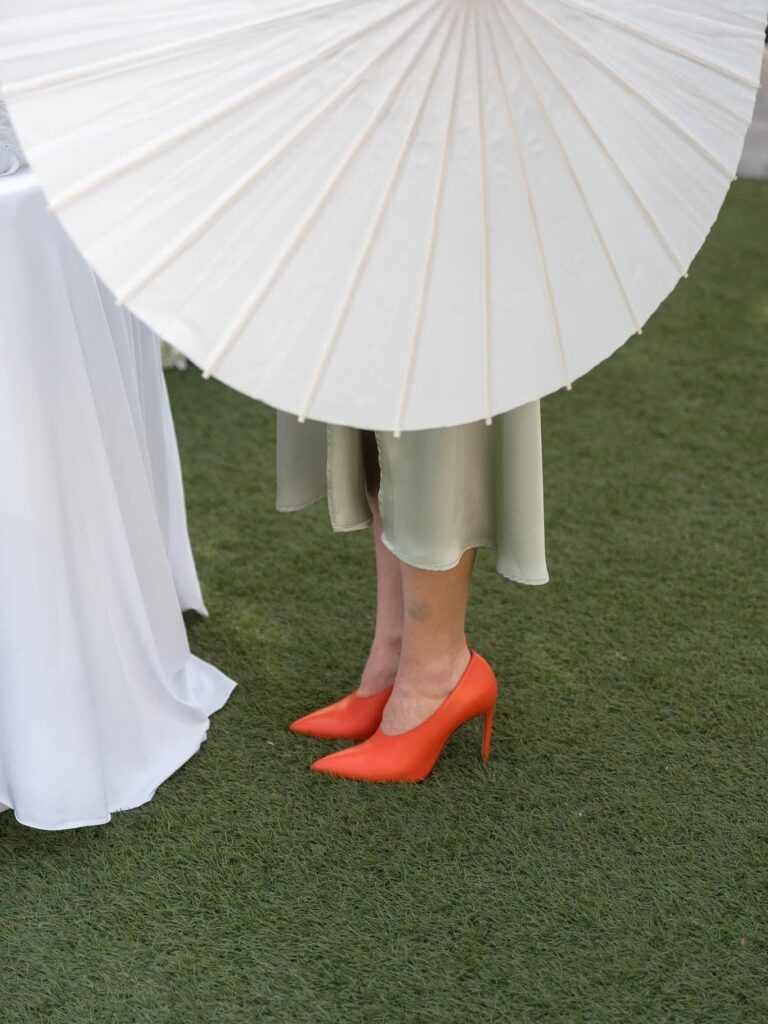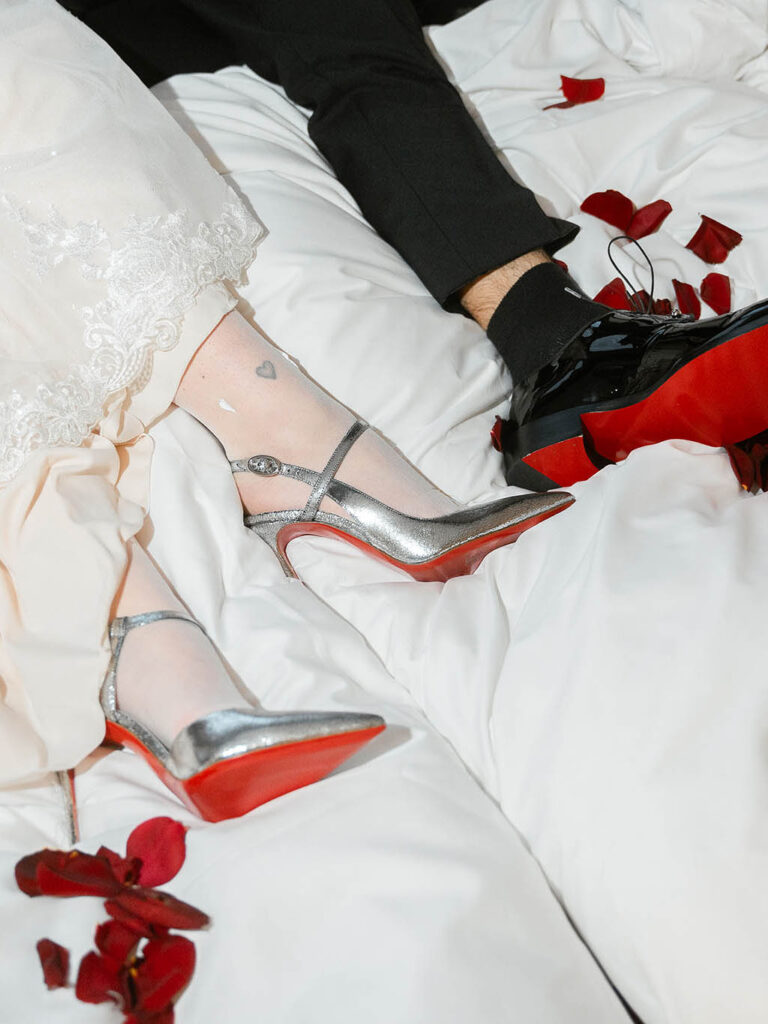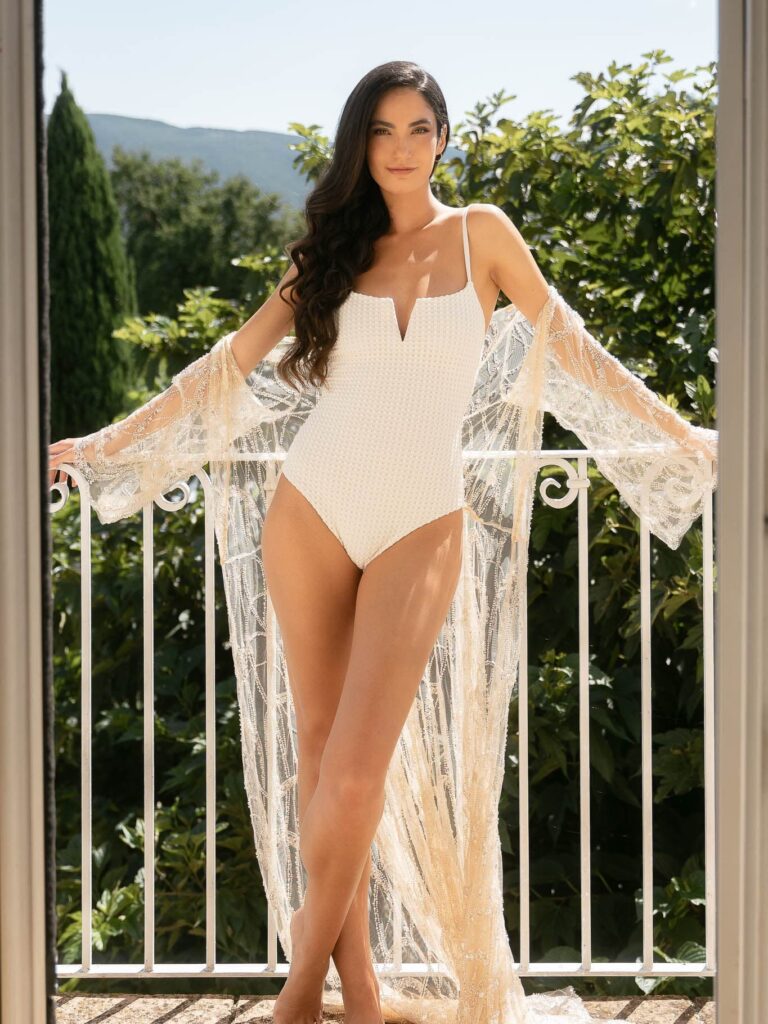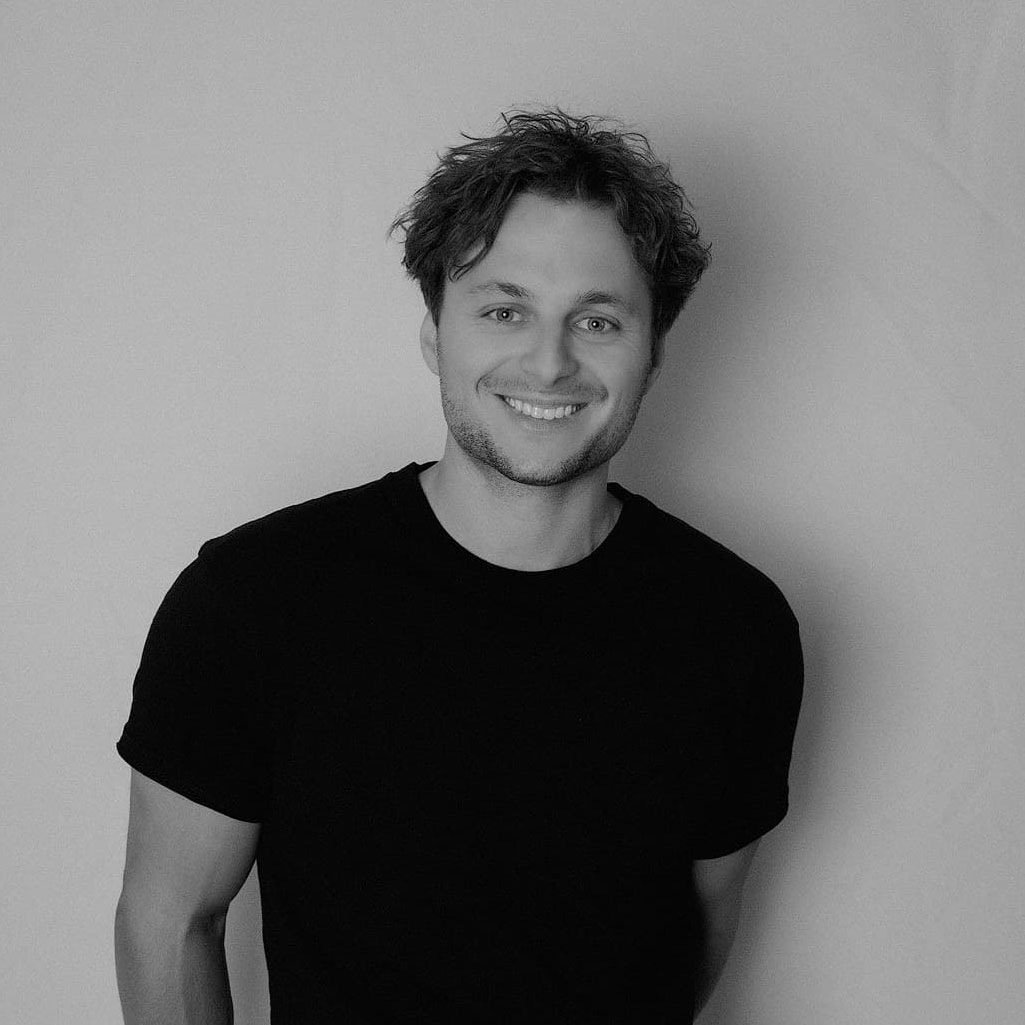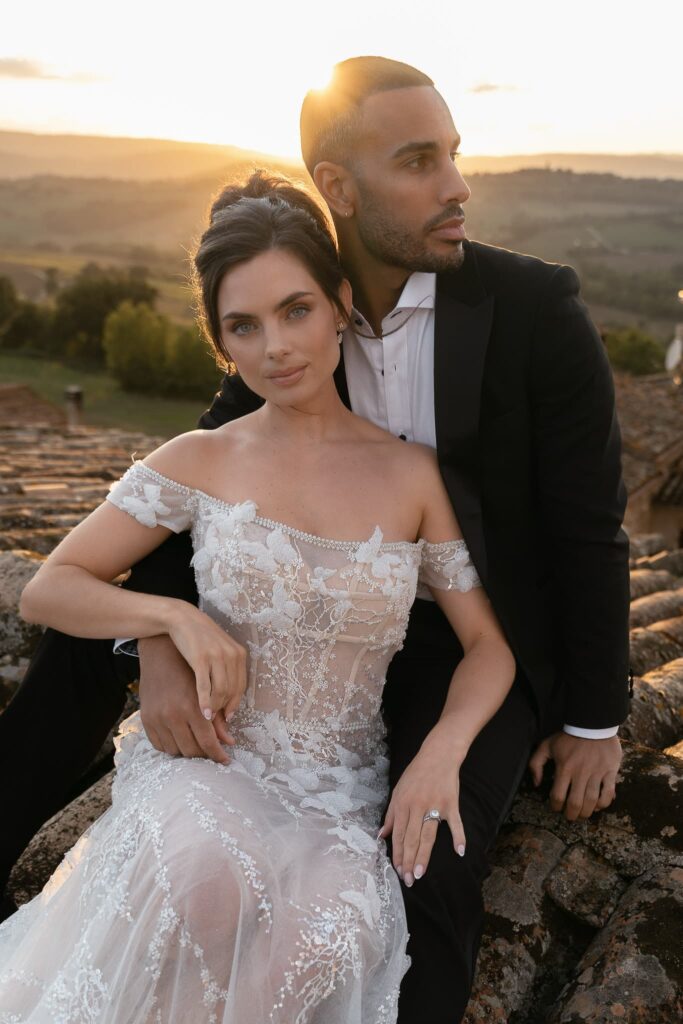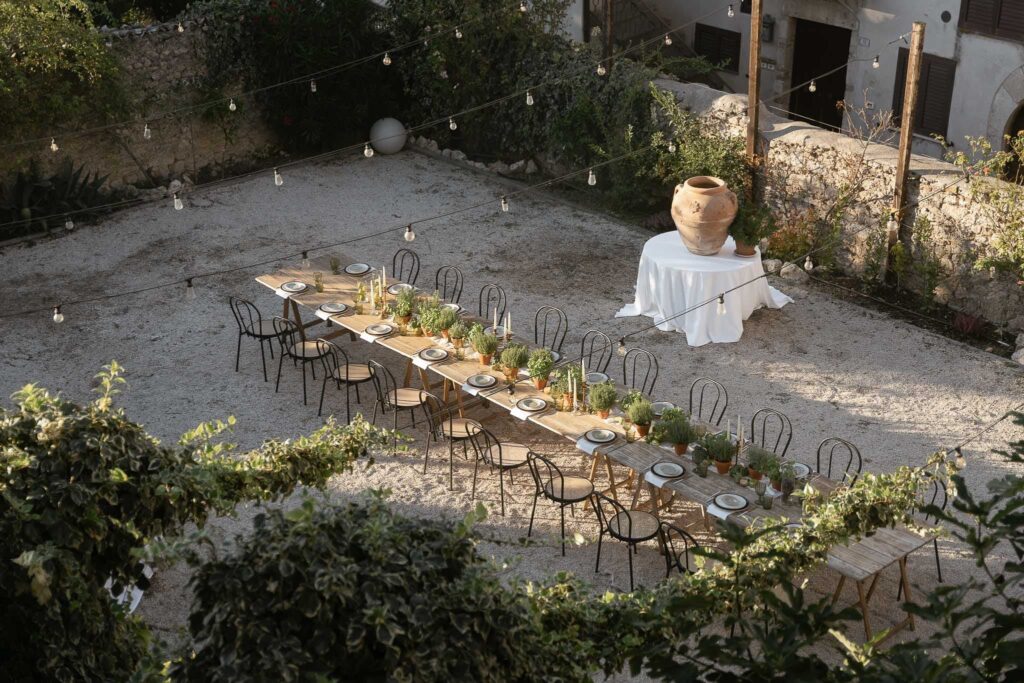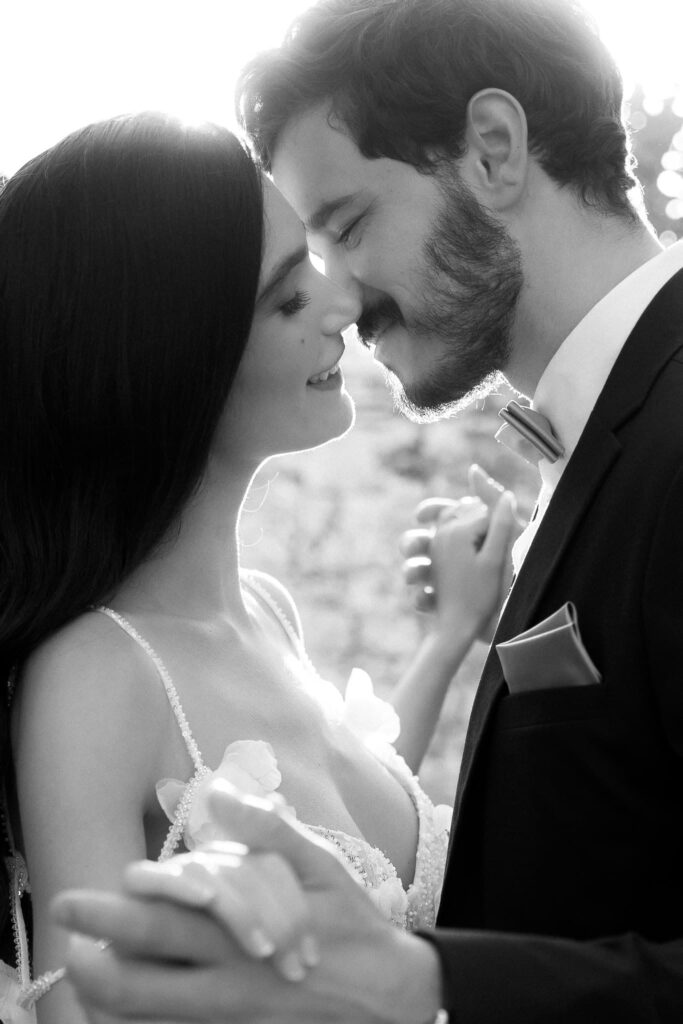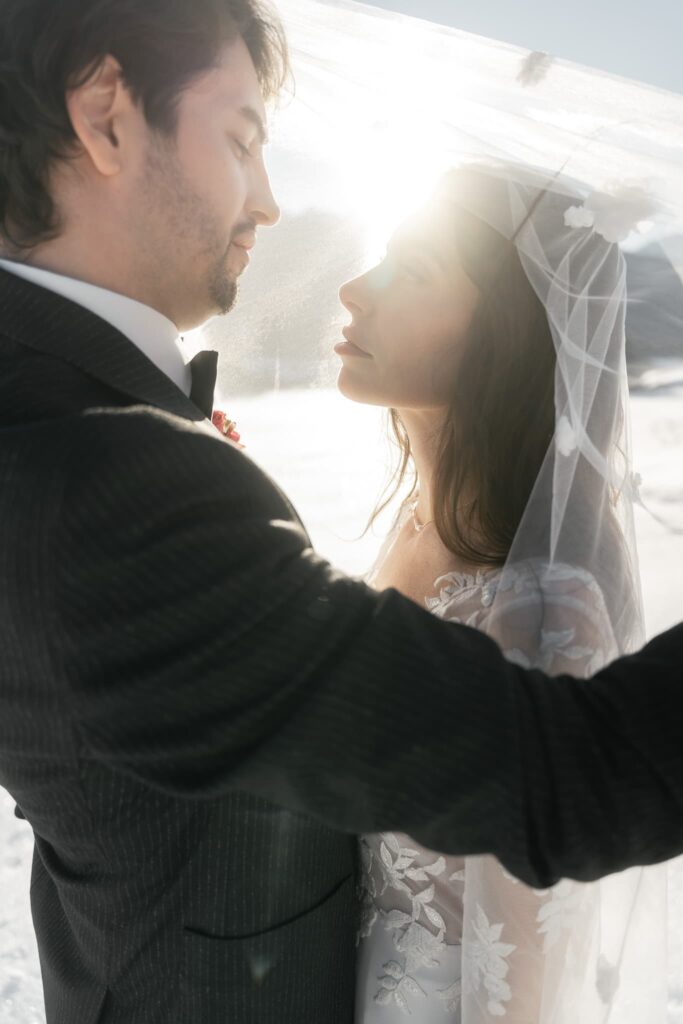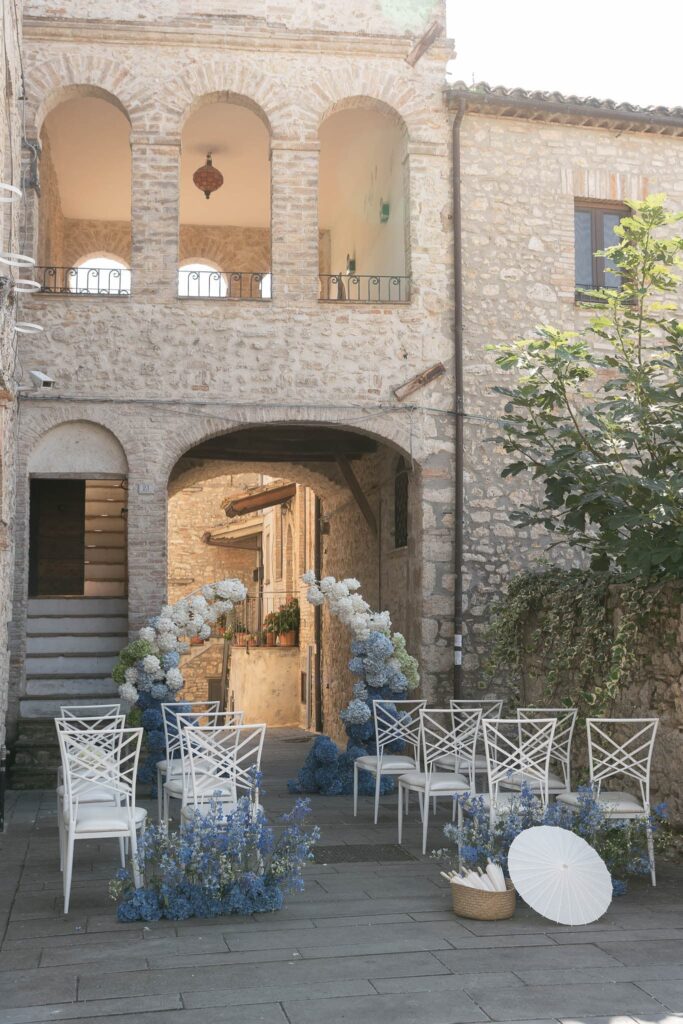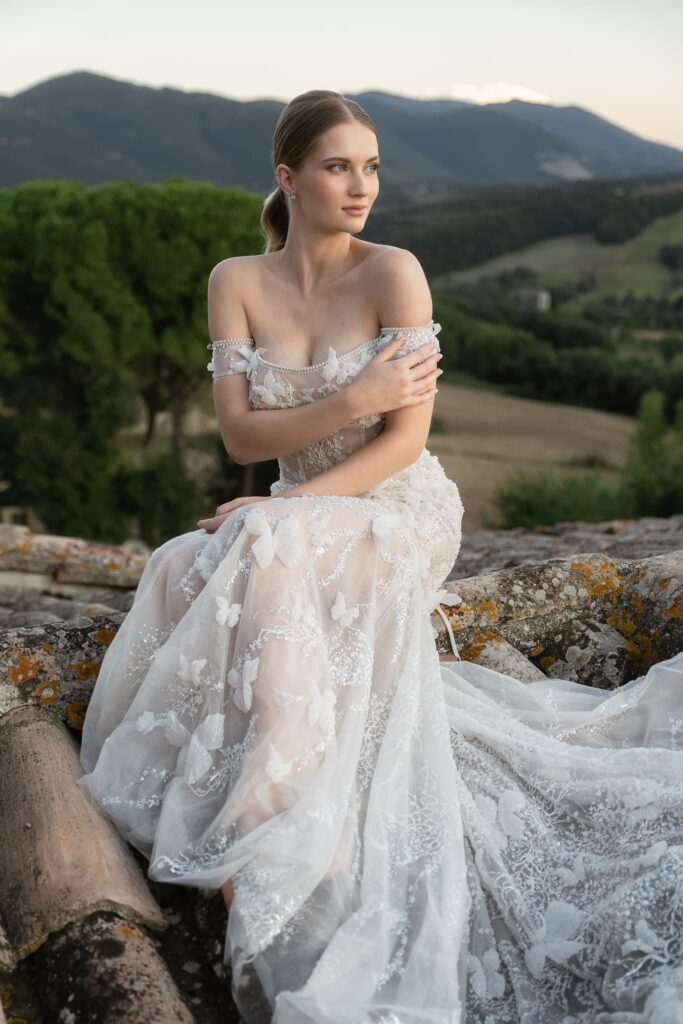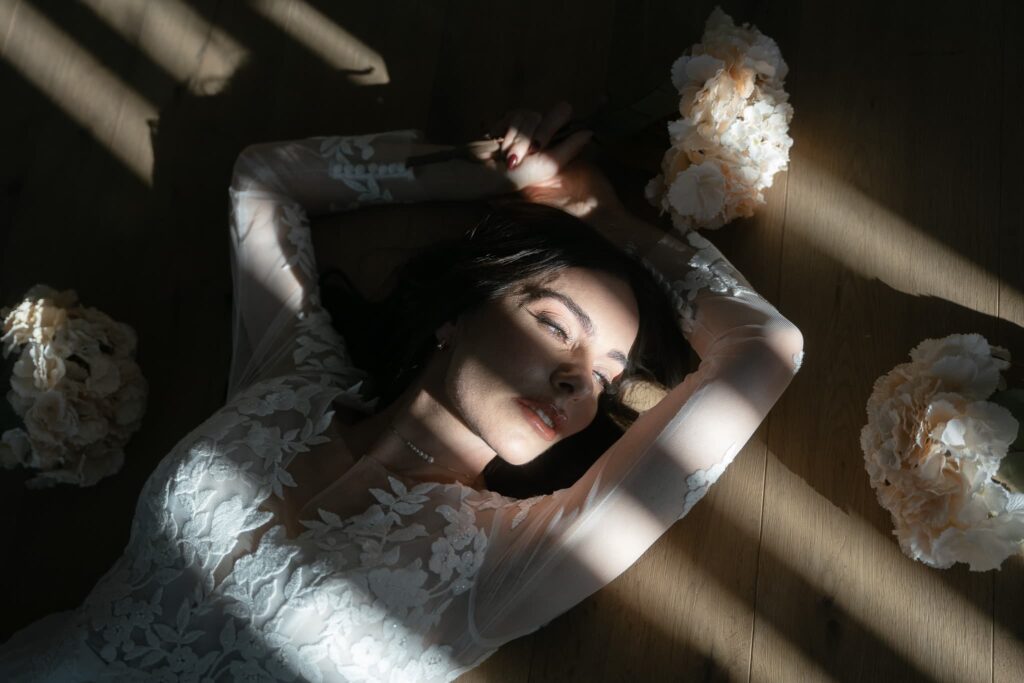Comparing Editorial, Fine Art, and Documentary Wedding Photography
Using Flash in Editorial Wedding Photography
While natural light is a key element in editorial wedding photography, there are moments—especially during indoor receptions or moody portraits—when using flash becomes essential. A well-placed flash can elevate the editorial feel, creating clean highlights, soft shadows, and controlled contrast that mimics natural light or enhances the scene with intention.
One flash I consistently rely on is the Godox V1. Its round head produces a soft, even light that blends beautifully with ambient lighting. The magnetic modifier system makes it quick to adapt on the go, and its built-in lithium battery offers reliable power throughout a full wedding day.
In editorial settings where lighting must be both flattering and directional, the Godox V1 allows for just the right balance—subtle fill during portraits or dramatic light sculpting for detail shots. Whether bouncing light off walls or using off-camera flash for dimension, this compact yet powerful tool brings consistency and polish to every frame.
At this wedding at Lake Como, I used a lot of flash.
Defining Each Style
While editorial photography has its unique qualities, it is often compared to two other prominent styles: fine art and documentary wedding photography. Fine art wedding photography focuses on artistic expression, often incorporating stylized poses and creative editing to produce images that resemble works of art. Photographers in this genre may prioritize aesthetic appeal over narrative, crafting images that emphasize beauty and composition.
On the other hand, documentary wedding photography emphasizes the truth of the event, capturing moments as they happen without interference. This style is marked by an observational approach, where the photographer documents events in a more photojournalistic manner, resulting in a straightforward recounting of the day. While storytelling remains a component in both fine art and documentary styles, the methods and focuses differ significantly.
Similarities and Differences
Despite their distinct characteristics, all three styles share common goals, including the desire to capture the essence of a wedding day. They each aim to document the love and connection between the couple while preserving memories for future generations. However, the approach and aesthetic vary significantly. Editorial photography leans toward stylized storytelling, fine art emphasizes artistic interpretation, and documentary focuses on authenticity and candidness.
When choosing a photography style for a wedding, couples should consider their personal tastes and what type of visual story they wish to tell. Understanding these nuances allows them to align their vision with the right photographer, ensuring that the final images resonate with their expectations and sentiments.
Choosing the Right Style for Your Wedding
Choosing the right photography style is a crucial decision for couples planning their wedding. Couples should consider factors such as their personalities, the wedding theme, and their desired final product. For example, couples wanting a whimsical and artistic perspective may gravitate towards editorial photography, while those seeking a more traditional gallery may consider fine art or documentary styles.
Consultations with photographers can also help illuminate the differences. Viewing portfolios and discussing past experiences can provide valuable insights into how each photographer interprets their chosen style. Couples can also request specific examples to see how the photographer captured various elements in previous weddings, aiding in their decision-making process.
Colour Concepts and Mood Boards in Editorial Wedding Photography
The Importance of Colour in Storytelling
Colour plays a significant role in editorial wedding photography, as it can evoke emotions and set the tone for the visual narrative. Each hue has its own psychological impact; for instance, soft pastels may convey romance and tranquility, while bold colors can evoke energy and excitement. Through careful selection of color palettes, photographers can enhance the storytelling aspect of their work, aligning the imagery with the overall mood of the wedding.
Moreover, understanding how colors interact with each other and with the available light can significantly influence the outcome of photographs. Photographers often work closely with couples to determine the wedding’s color scheme, incorporating these choices into their compositions to create a cohesive visual narrative that reflects the couple’s vision.
Creating Mood Boards for Inspiration
Creating a mood board is an effective strategy for couples and photographers to align their creative visions. A mood board compiles images, colors, textures, and styles that resonate with the couple’s desired aesthetic. This tool serves as a visual representation of the wedding’s theme and can guide the photographer’s approach to capturing the day.
In the collaboration process, couples can share their mood boards with photographers to communicate their inspirations and preferences. This allows the photographer to better understand the couple’s vision, ensuring that the final images reflect their style and story. Working together in this way enhances the overall experience and helps to create a more meaningful collection of photographs.
Conclusion
Reflecting on the Journey of Editorial Wedding Photography
Editorial wedding photography is an art that combines technical skill, artistic vision, and emotional storytelling. It allows couples to relive their wedding day through beautiful, evocative images that capture both the grand moments and the intimate details. By understanding the distinct qualities of this style, couples can make informed decisions that best reflect their relationship and wedding vision.
Encouragement to Explore this Unique Style
As couples embark on their wedding planning journey, they are encouraged to explore the possibilities of editorial wedding photography. The blend of artistry and documentary-style storytelling offers a unique opportunity to preserve memories in a way that resonates long after the day has passed. By investing time in understanding their preferences and working closely with a skilled photographer, couples can ensure that their wedding photography not only captures the essence of their celebration but also tells their love story in a beautifully artistic manner.
